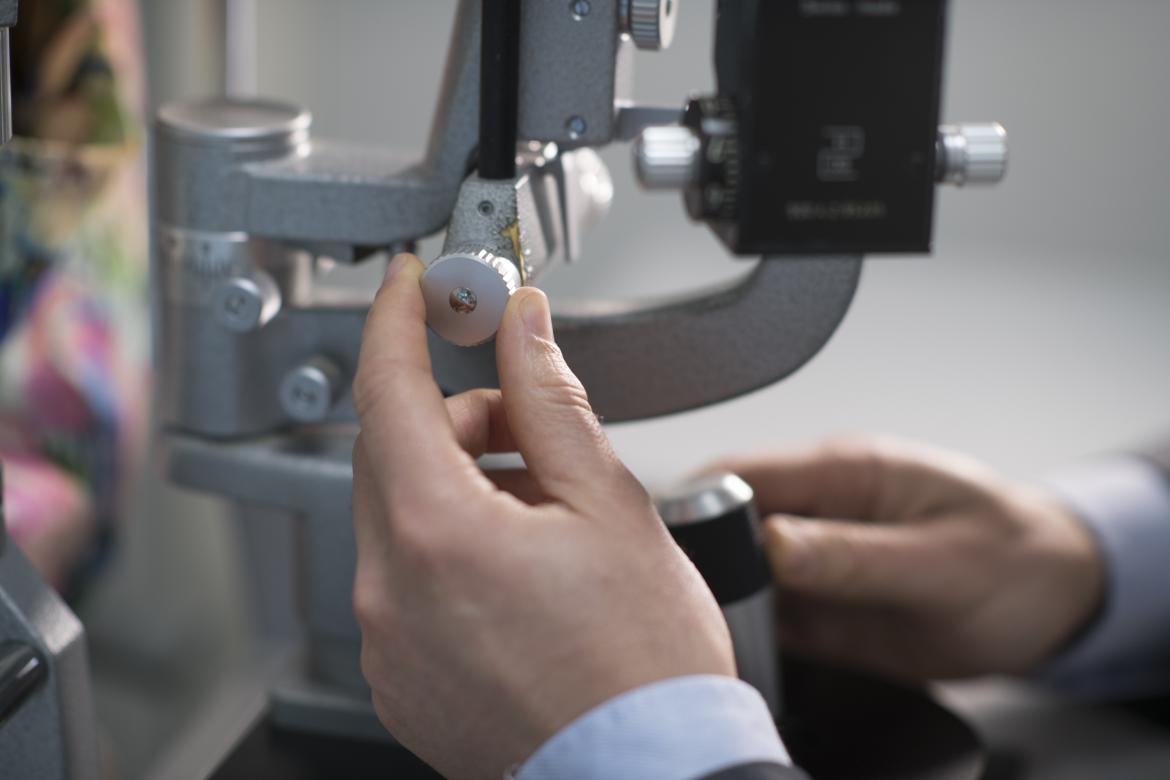What is narrow angle glaucoma?

Narrow angle glaucoma is a common type of glaucoma in which the glaucoma is due to reduced access of fluid to the eye’s natural drainage angles.
Firstly – what is glaucoma?
Glaucoma occurs when pressure in the eye builds up (that is, the eye becomes firm) and this pressure damages the delicate optic nerve that connects the eye to the brain. Without this nerve we cannot see. When eye pressure rises, the damage is usually slow, but cumulative – each tiny piece of damage is irreversible. Slowly over time people can lose their vision – this is generally a painless process and people are often unaware of the vision loss at the early stages. This is because the vision loss tends to be peripheral at first, and we tend to only notice it when it reaches our central vision, by which stage the glaucoma is relatively advanced.
There are many different forms of glaucoma, as there are many different diseases of the eye that can lead to build up of eye pressure. However a very common type is narrow angle glaucoma. In narrow angle glaucoma, the fluid is obstructed from reaching the eye’s drainage area. The drainage area is found in the angle, the ring where the iris (coloured part of the eye) meets the white of the eye. In this important angle, fluid is normally drained from the eye; when the angles are narrow, fluid is prevented from escaping the eye because the edge of the iris is obstructing the natural drain.
Sometimes narrow angle glaucoma can present with a sudden rise in eye pressure – this can cause a rapid-onset attack of eye pain, reduced vision, nausea and vomiting, known as an angle closure crisis. Unlike most forms of glaucoma, the vision loss from an angle closure crisis can be rapidly devastating if not treated urgently.
Narrow angle glaucoma is best managed by a simple laser procedure to open the blocked drainage angle: a laser iridotomy. This is a safe, successful and minimally invasive procedure commonly performed in an Ophthalmologist’s consulting rooms. It involves making a tiny hole in the iris, releasing fluid building up behind the iris and allowing the iris to fall back, opening the narrow drainage angle. A laser iridotomy is the best way of preventing long-term angle closure glaucoma, and also preventing an angle closure crisis.
A/Prof Simon Skalicky is highly experienced at performing laser iridotomy, and at managing angle closure glaucoma and all types of glaucoma and cataracts. If you wish to know more, please make an appointment to see him.